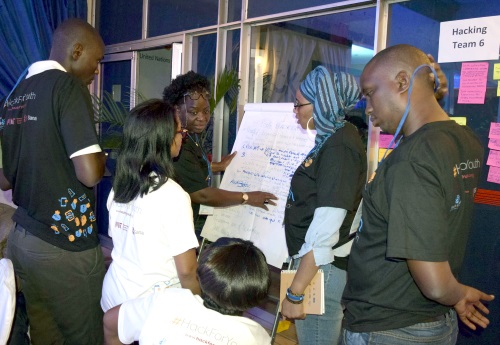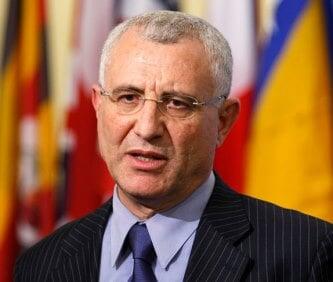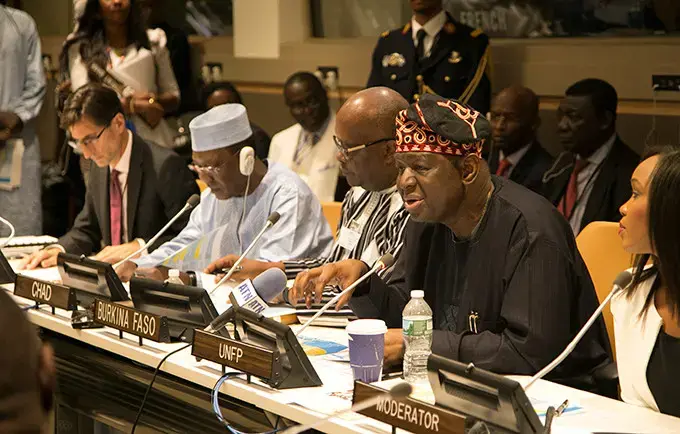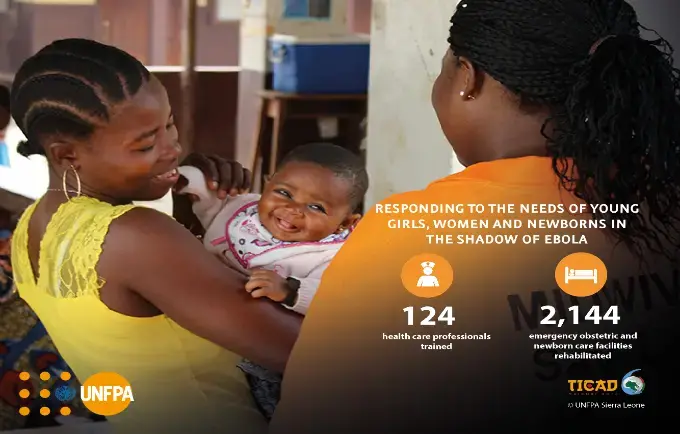Dakar, Senegal - The 2014-2016 Sahel Strategic Response Plan that the United Nations and its partners presented to the region seeks to mobilize US$2billion in 2014 alone, to aid over 15 million people in Burkina Faso, Cameroon, Chad, Gambia, Mali, Mauritania, Niger, Nigeria and Senegal by reaching them with vital assistance, build resilience and save lives in a shift towards a more comprehensive response to the chronic humanitarian challenges the region faces .
In his opening remarks at the regional launch of the plan on 14th February, the special representative of the UN Secretary-General and Head of the United Nations Office for West Africa, Mr Said Djinnit, averred that the UN at regional level is in charge of the implementation of this strategy in a bid to support the efforts of concerned countries in finding lasting solutions to the various crises in the region.
“We, the whole UN system, will accomplish this mission effectively but in close coordination with concerned regional and international organizations so that countries and peoples of the Sahel fully benefit from the existing interactions between the programmes of involved organizations”, he said.
Mr Djinnit indicated that some of the activities of the strategic response plan meet the needs identified together with the countries under the resilience pillar of the United Nations Integrated Strategy for the Sahel that UN Assistant Secretary-General and Regional Humanitarian Coordinator for the Sahel, Mr. Robert Piper coordinates.
During the launch, Mr. Robert Piper pointed out a dramatic increase in the number of food insecure people from over 11 million in 2013 to over 20 million in 2014 including 2.5 million who are in need of immediate assistance. Five million children are projected to suffer from acute malnutrition in 2014. Conflicts and insecurity have uprooted 1.6 million people from their homes creating protracted internal displacement and a refugee crisis.
According to the United Nations Office for Humanitarian Affairs (OCHA), the plan also emphasizes strong partnerships between humanitarian actors and Governments and with development actors. The new multi-year time frame allows humanitarian teams to be on the one hand more ambitious on what they can achieve, and on the other hand, more realistic about the time required to deal with complex problems. The overarching goal is to build greater resilience of vulnerable communities.
“…Better linking of humanitarian and development interventions, on a longer-term planning horizon, is essential to make communities less vulnerable to the shocks that are the reality of the Sahel,” said Mr. Robert Piper.
“Donors’ reactions so far are very encouraging. There is real momentum growing to tackle the chronic causes of the crisis in the Sahel, and we cannot miss this opportunity, ” he said. Since the official launch on 3 February in Rome, Italy, the United States and European Union have pledged an initial US$300 million.

“The situation this year will, again, be very difficult for hundreds of thousands of families in the Sahel. The first priority for humanitarian action in the region remains saving lives,” said Mr. Piper.
“At the same time our new strategy aims to reduce the number of people requiring emergency aid tomorrow. We want to prevent families from falling into crisis in the first place. And to make sure that those who do, recover better-equipped to deal with the next shock.”
The three strategic objectives of the response plan are:
- Track and analyse risk and vulnerability, integrating findings into humanitarian and development programming;
- Support vulnerable populations to better cope with shocks by responding earlier to warning signals, by reducing post-crisis recovery times and by building capacity of national actors;
- Deliver coordinated and integrated life-saving assistance to people affected by emergencies.
Population dynamic in the strategy deals with the issues of migration, fertility, transformation of the potential of young people and adolescent to a productive force, girls and women's empowerment, etc…. UNFPA also intends to enhance the use of population data during preparedness to better address the gaps during the response period.
Having a long term approach in managing population dynamics embedded into national and regional frameworks would build lasting resilience mechanisms. And ensure that communities and individuals themselves understand the benefit of incorporating the population variable into the adaptive capacities.
Then, UNFPA will focus on quality services for family planning and maternal and neonatal health as well as girls and gender empowerment interventions, specific needs of young people and adolescent is essential to maintain stability across the region.





